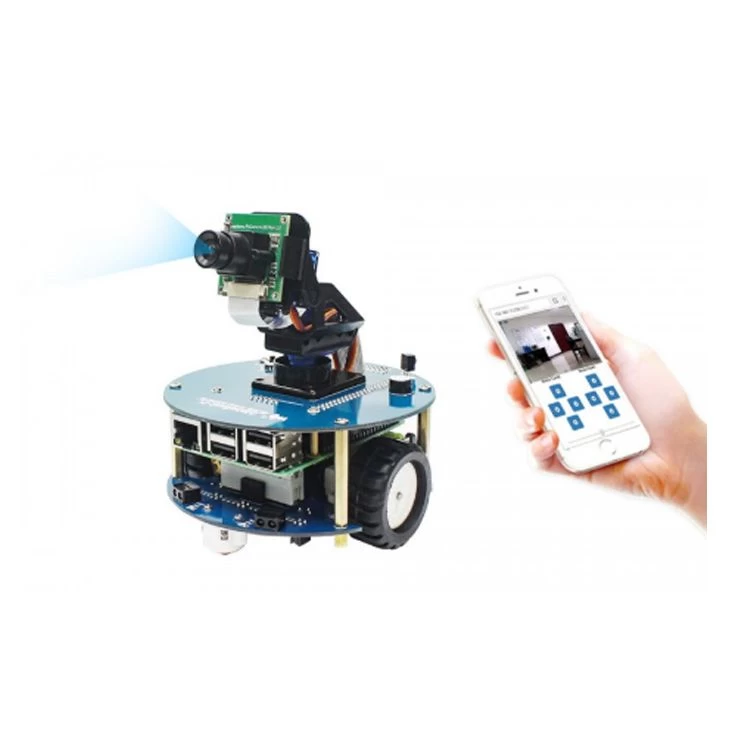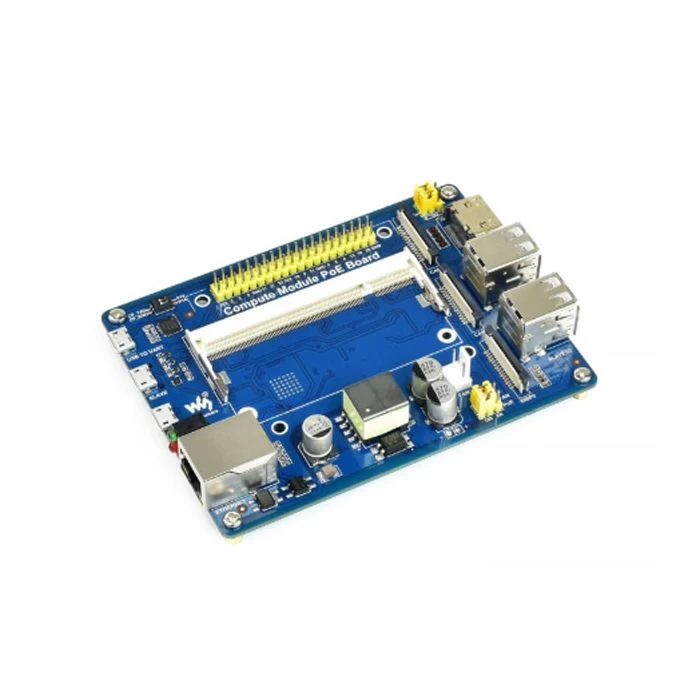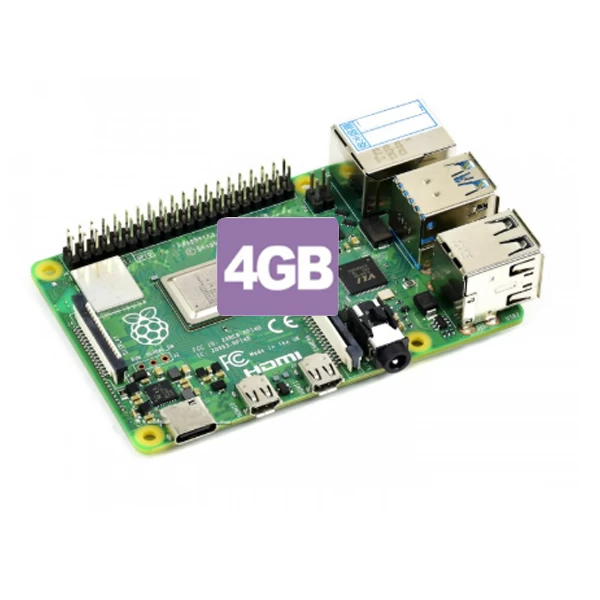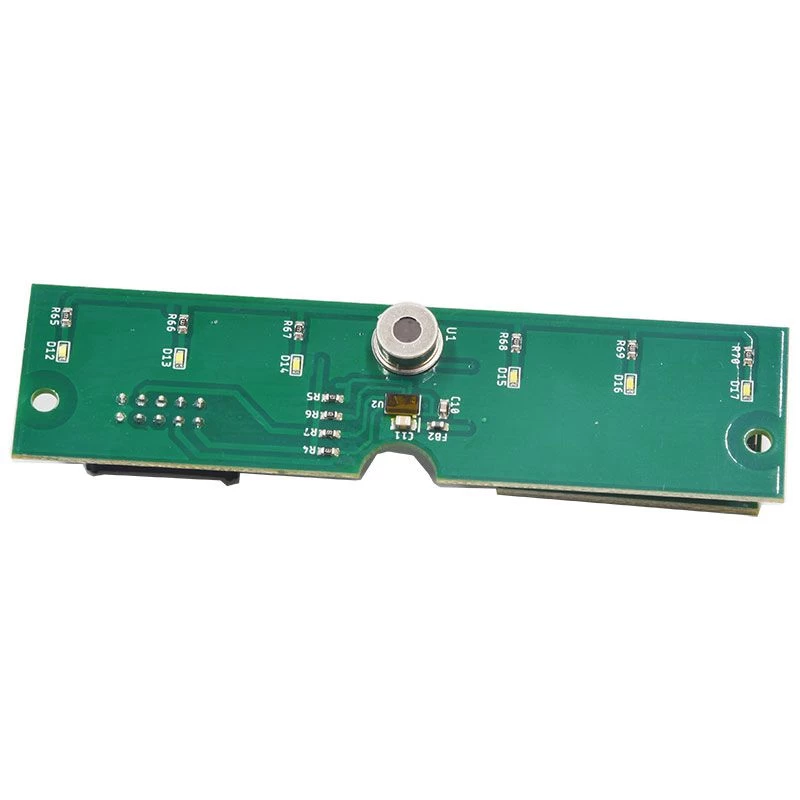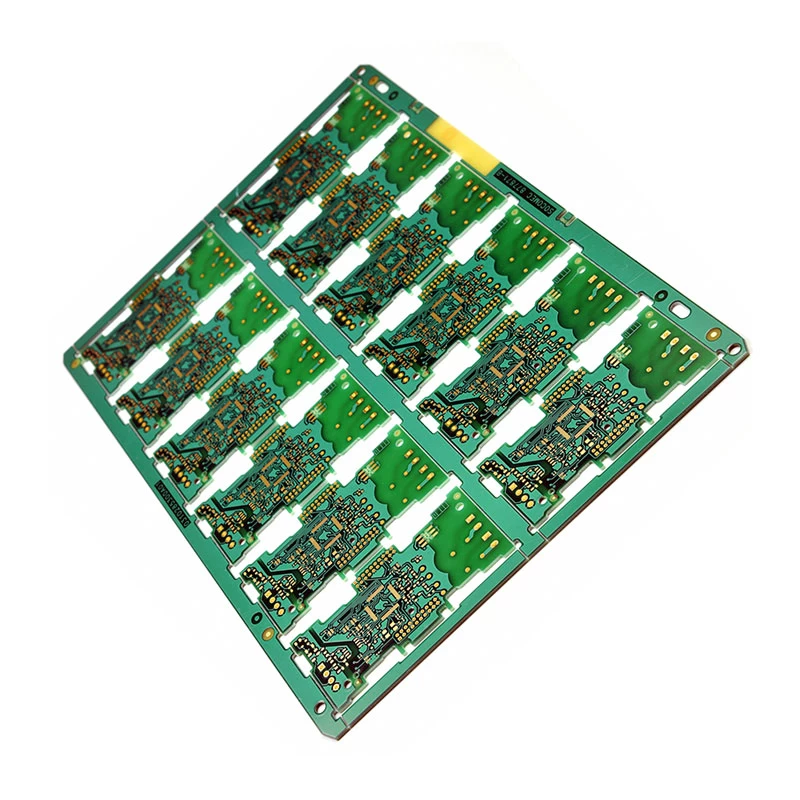The presence of interference in the PCB
In actual research, it is found that there are four main interferences in the PCB design: power supply noise, transmission line interference, coupling, and electromagnetic interference (EMI).

1.Power supply noise
In high-frequency circuits, the influence of noise on the high-frequency signal is particularly obvious. Therefore, firstly, the power supply is required to be low noise. Here, clean ground and clean power are equally important.
2.Transmission line
There can only be two types of transmission lines in the PCB: strip lines and microwave lines. The biggest problem with transmission lines is reflection. Reflection can cause many problems. For example, the load signal will be the superposition of the original signal and the echo signal, which will increase the difficulty of signal analysis ; Reflection will cause return loss (return loss), and its effect on the signal is as serious as the effect of additive noise interference.

3.Coupling
The interference signal generated by the interference source has electromagnetic interference on the electronic control system through a certain coupling channel. The coupling mode of interference is nothing more than acting on the electric control system through wires, spaces, public lines, etc. There are mainly the following types of analysis: direct coupling, common impedance coupling, capacitive coupling, electromagnetic induction coupling, radiation coupling, etc.

4. Electromagnetic interference (EMI)
Electromagnetic interference EMI has two types: conducted interference and radiated interference. Conducted interference refers to the coupling (interference) of signals on one electrical network to another electrical network through a conductive medium. Radiated interference refers to the interference source coupling (interfering) its signal to another electrical network through space. In the design of high-speed PCBs and systems, high-frequency signal lines, integrated circuit pins, and various types of connectors can all become radiation interference sources with antenna characteristics, which can emit electromagnetic waves and affect other systems or other subsystems in this system. normal work.













